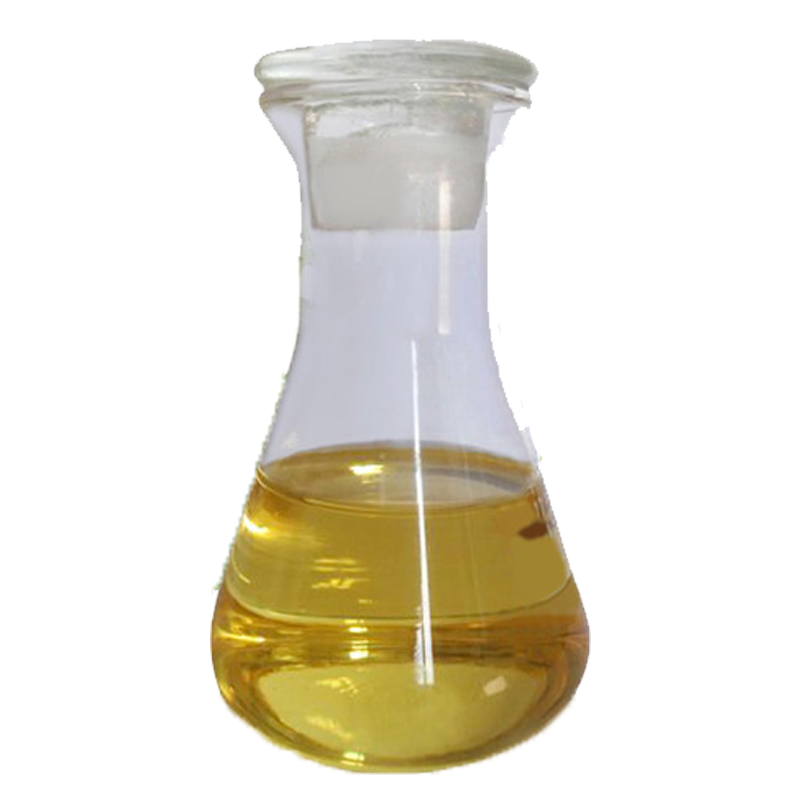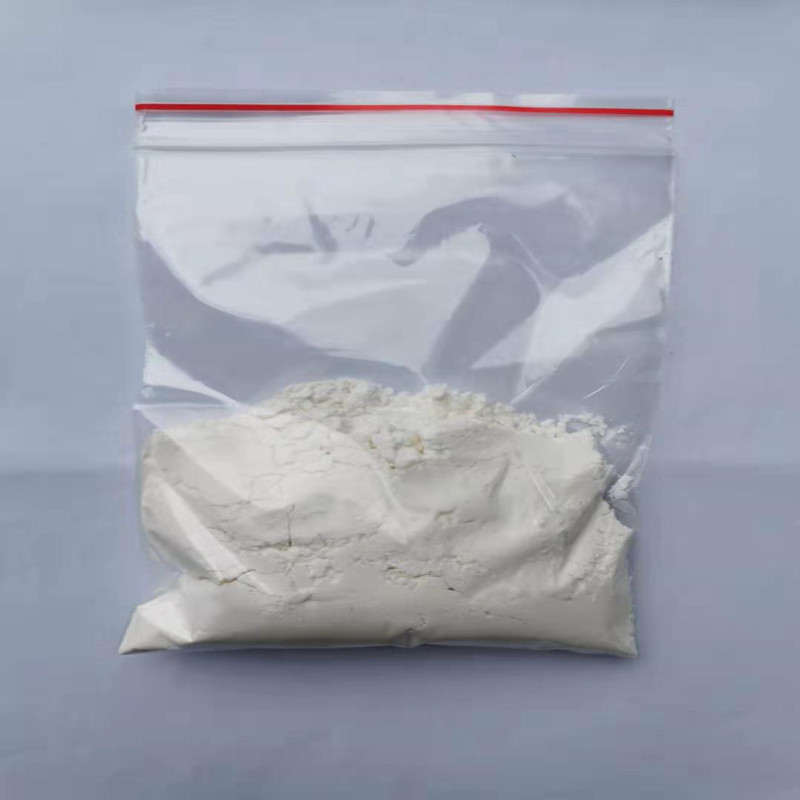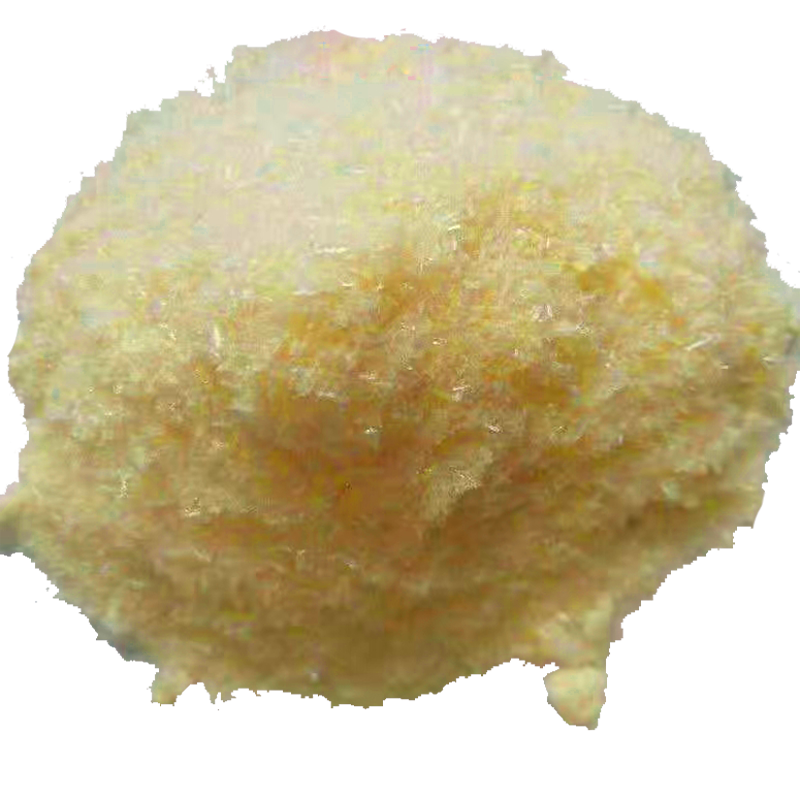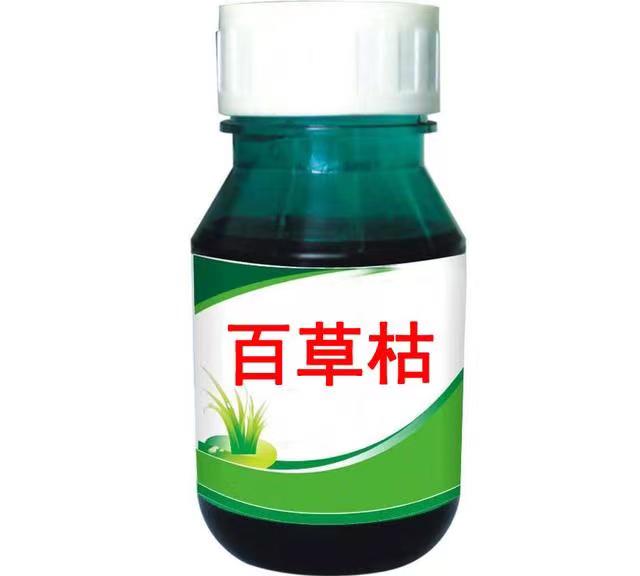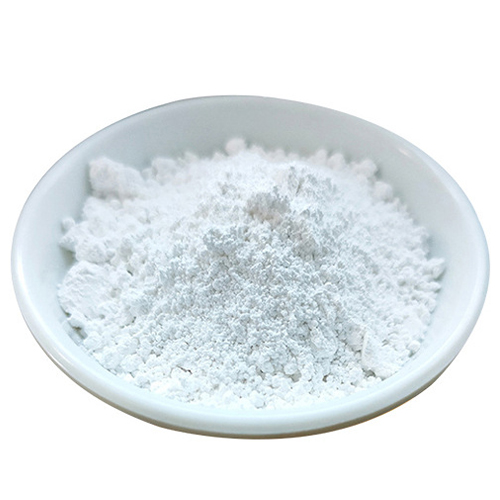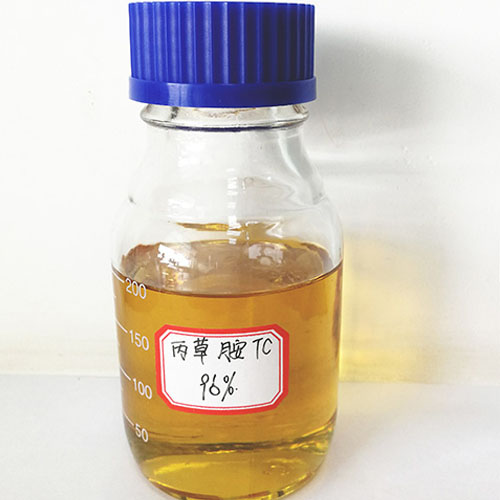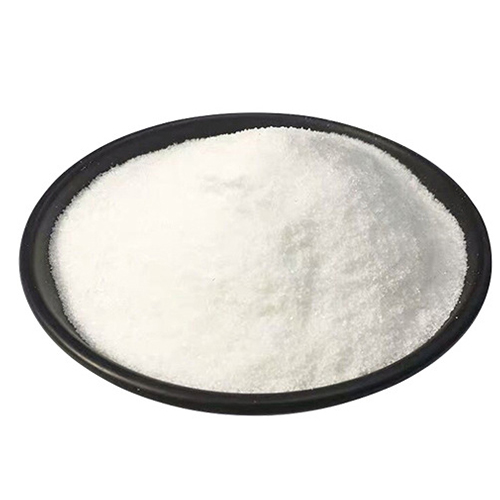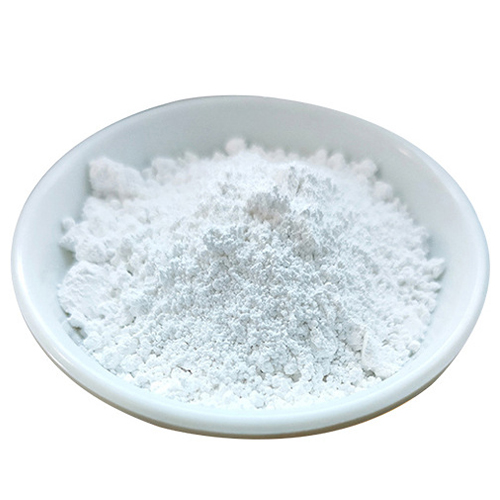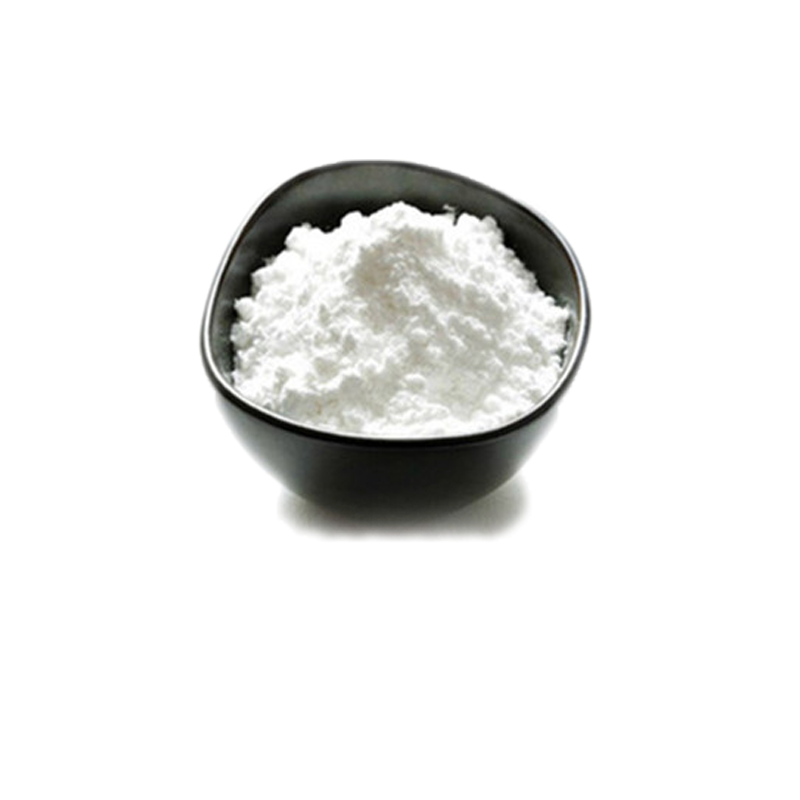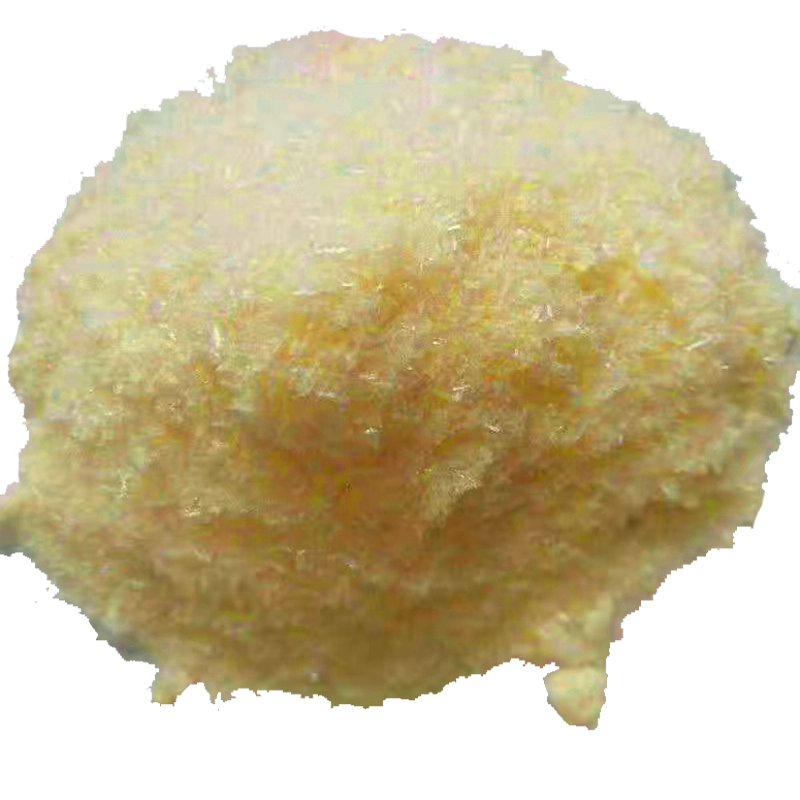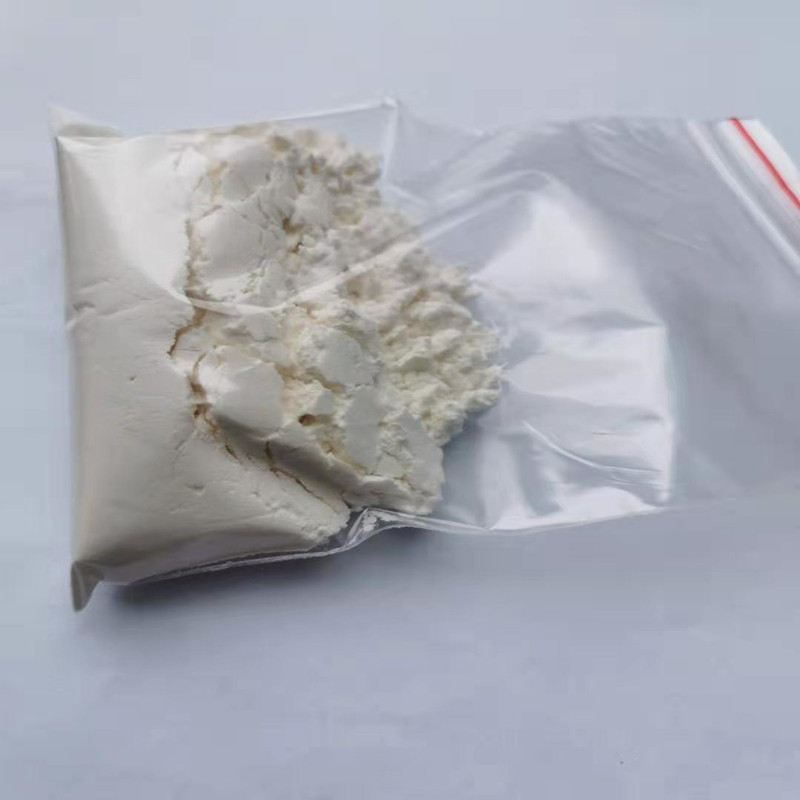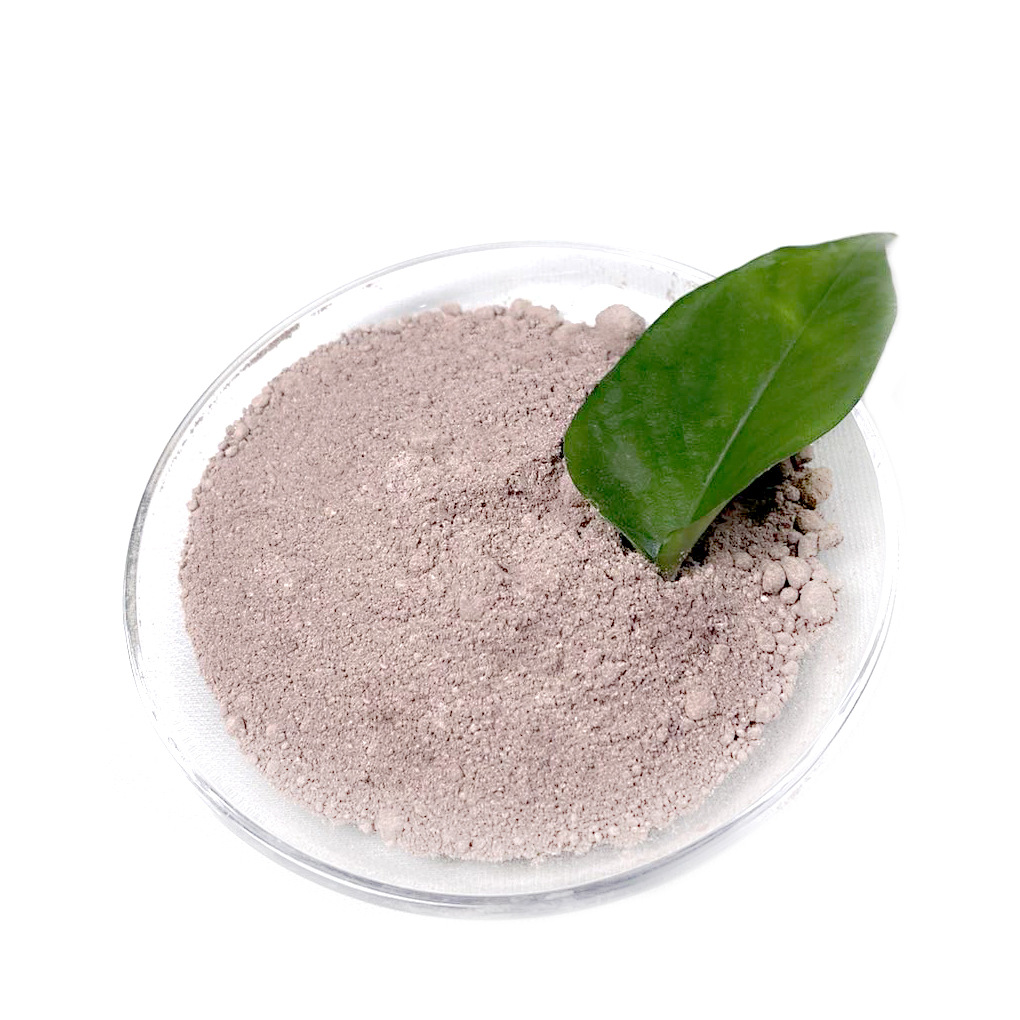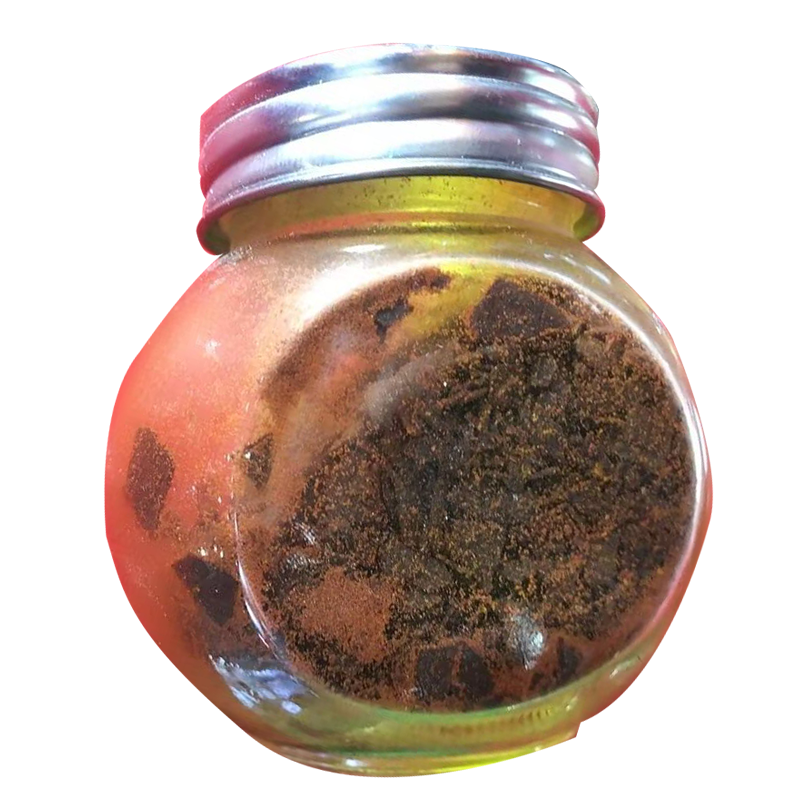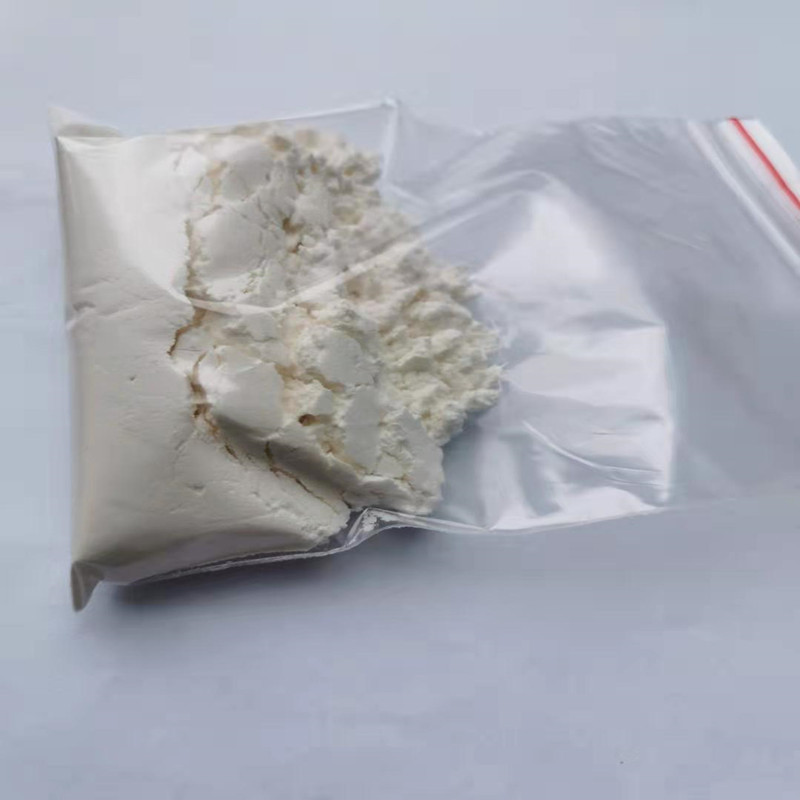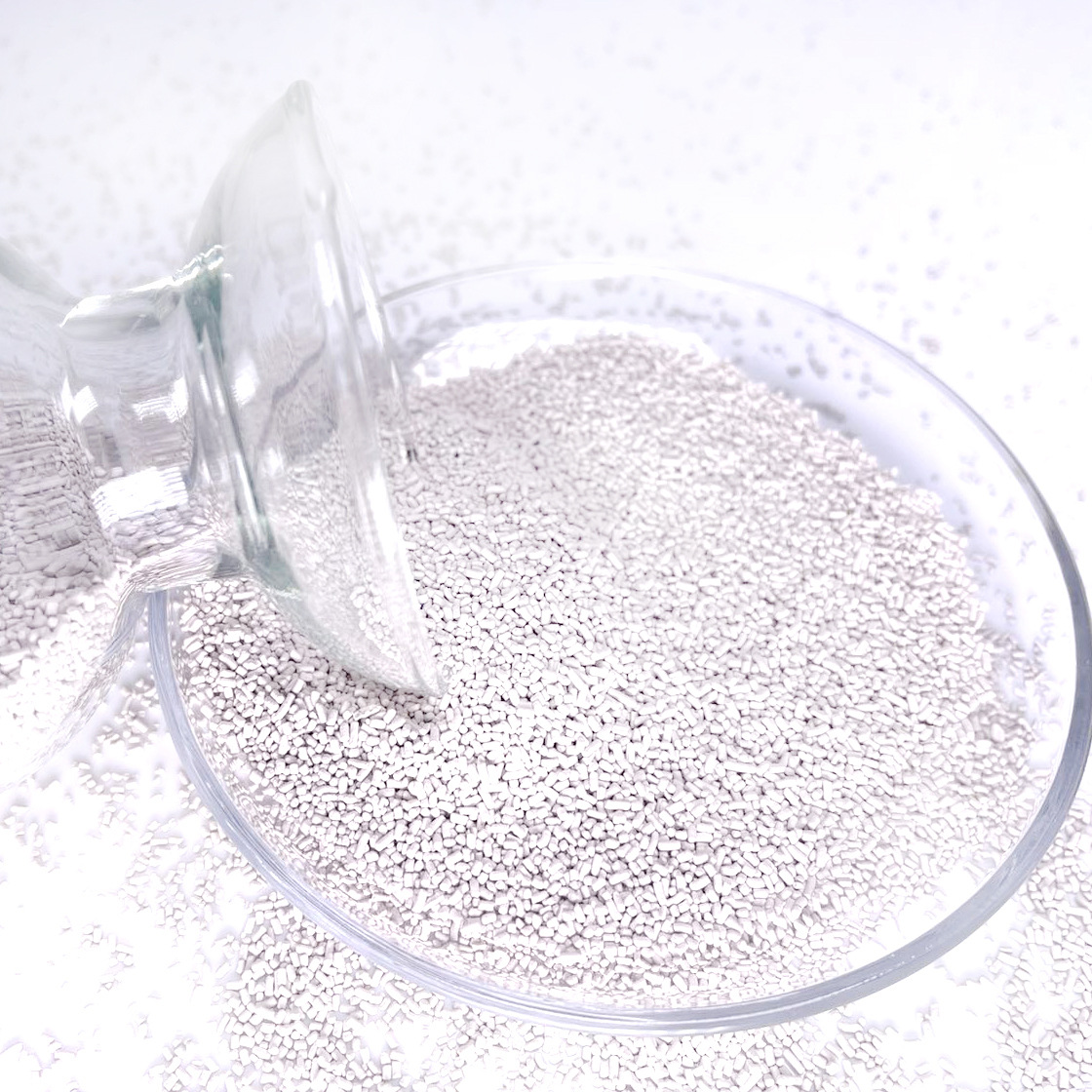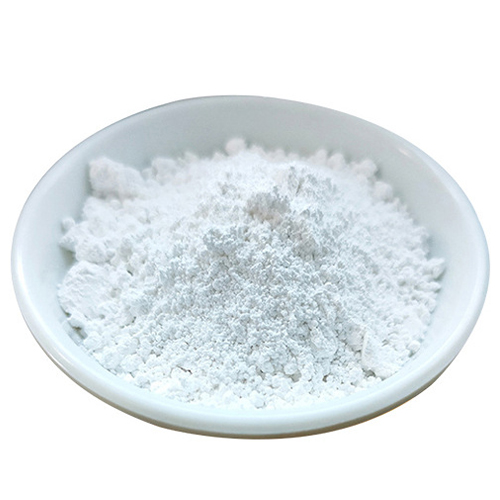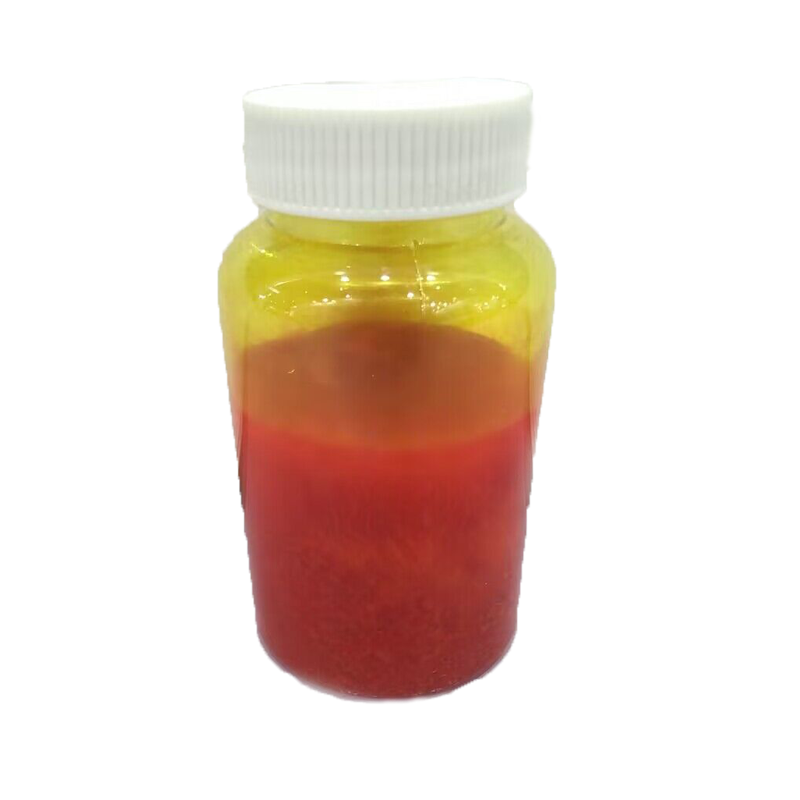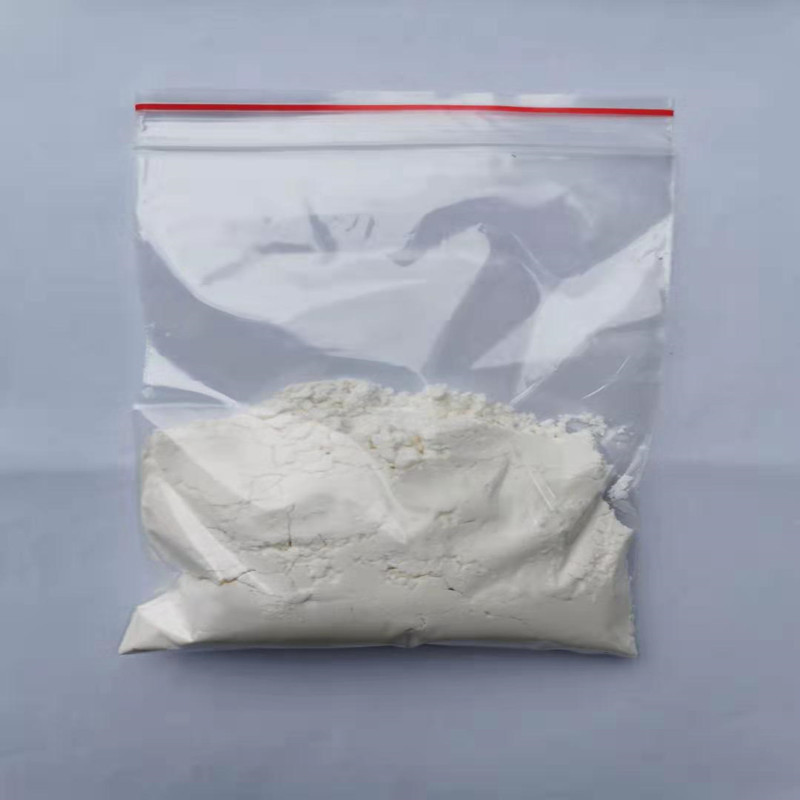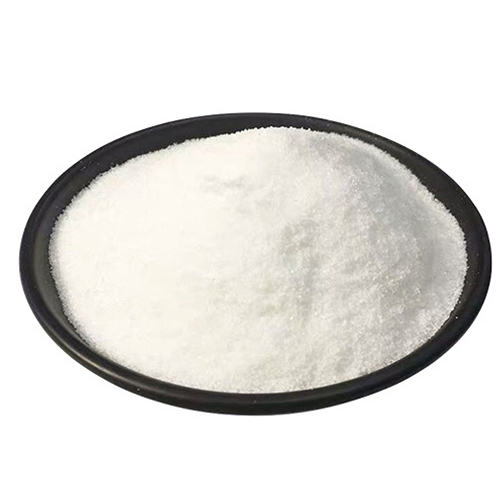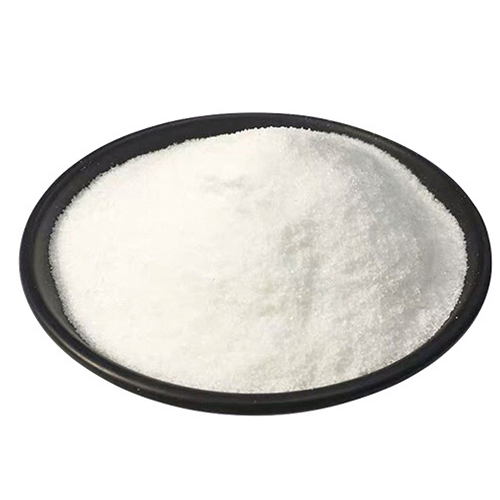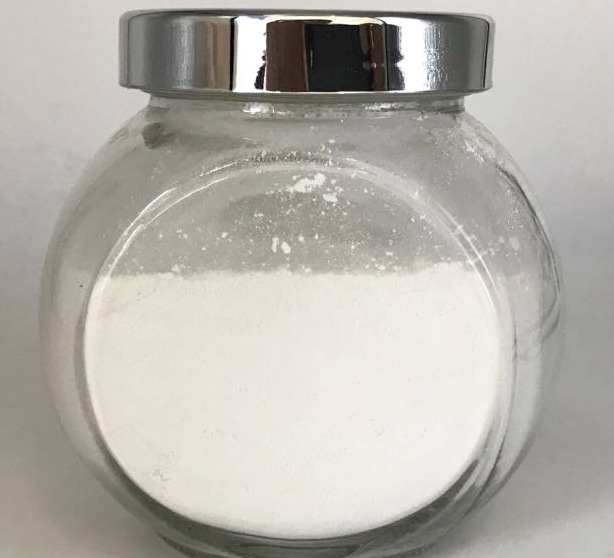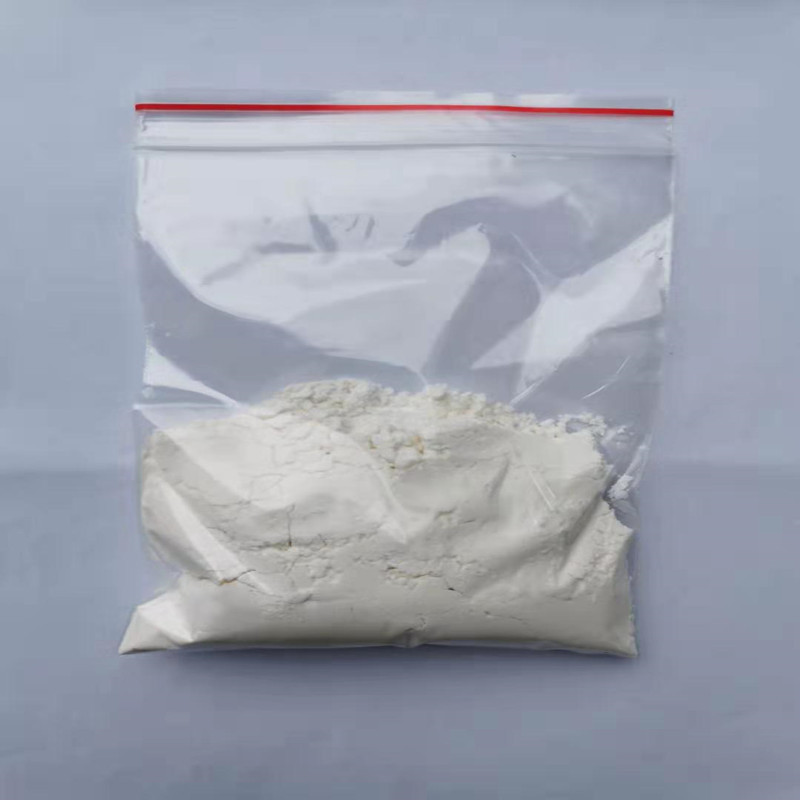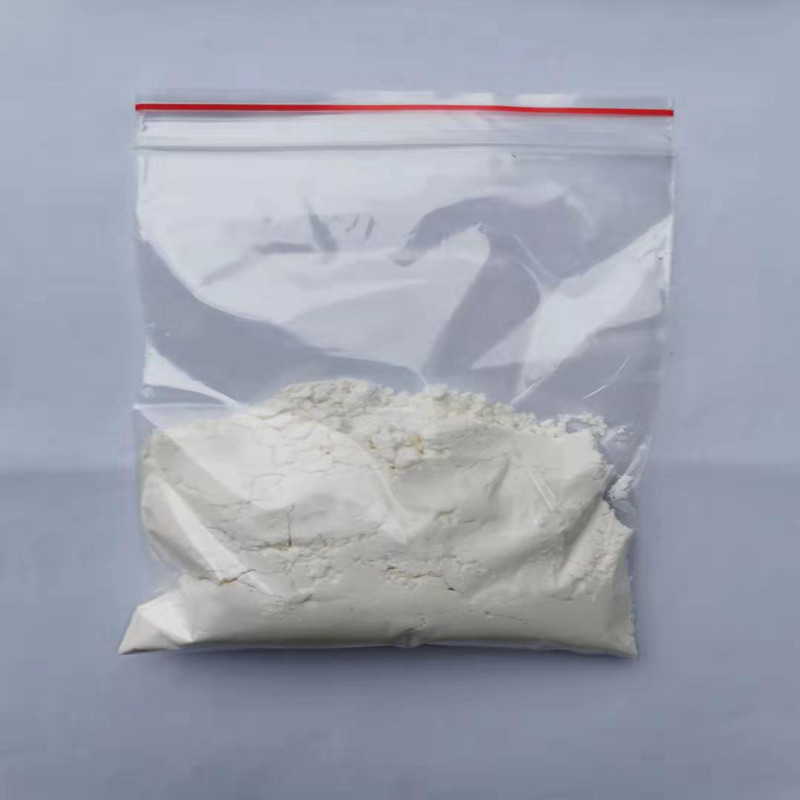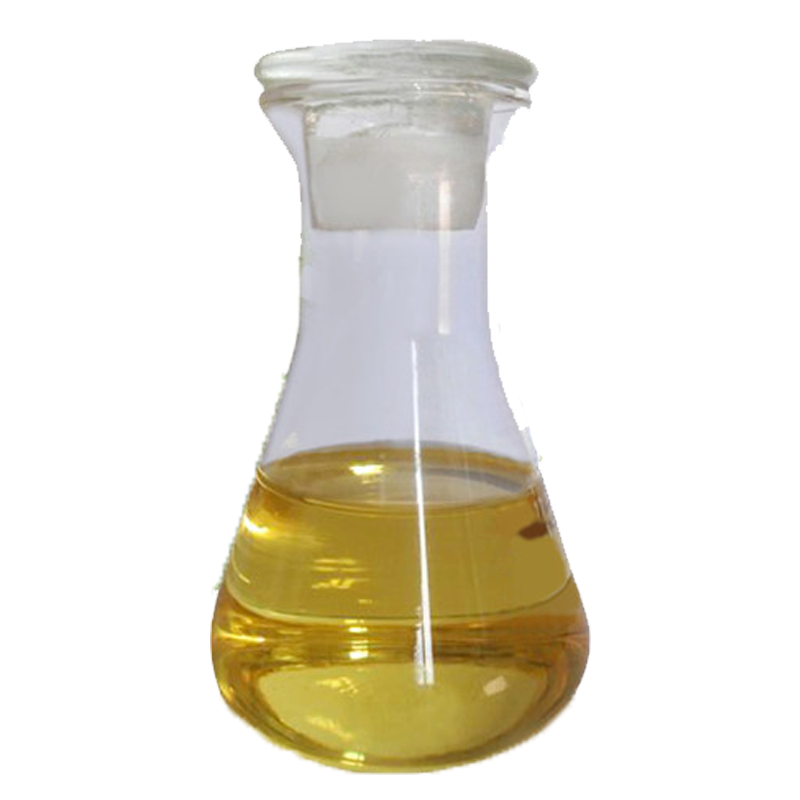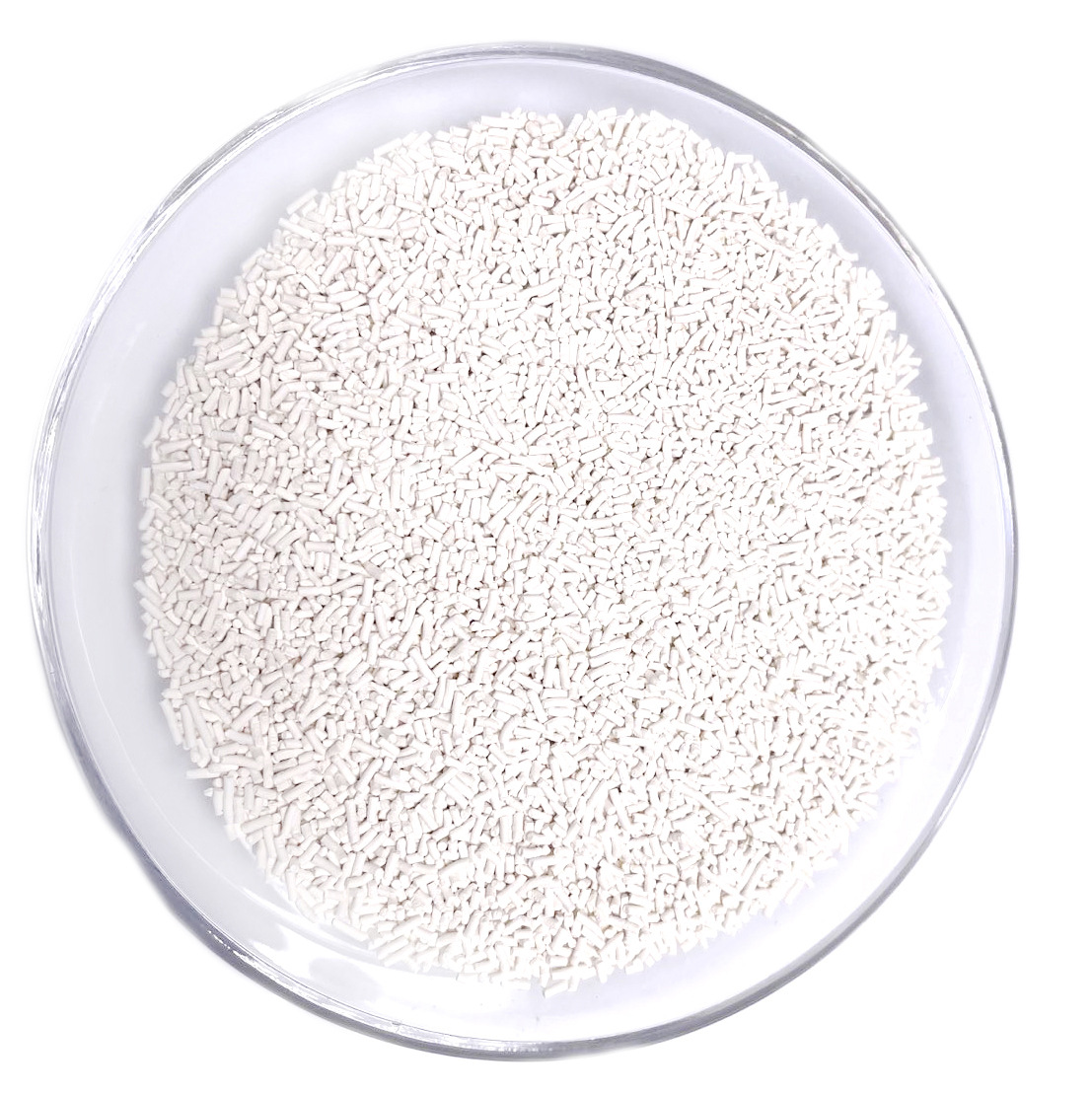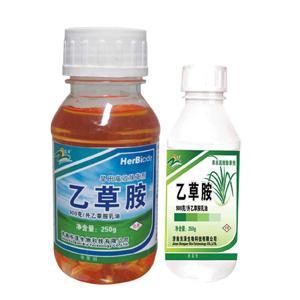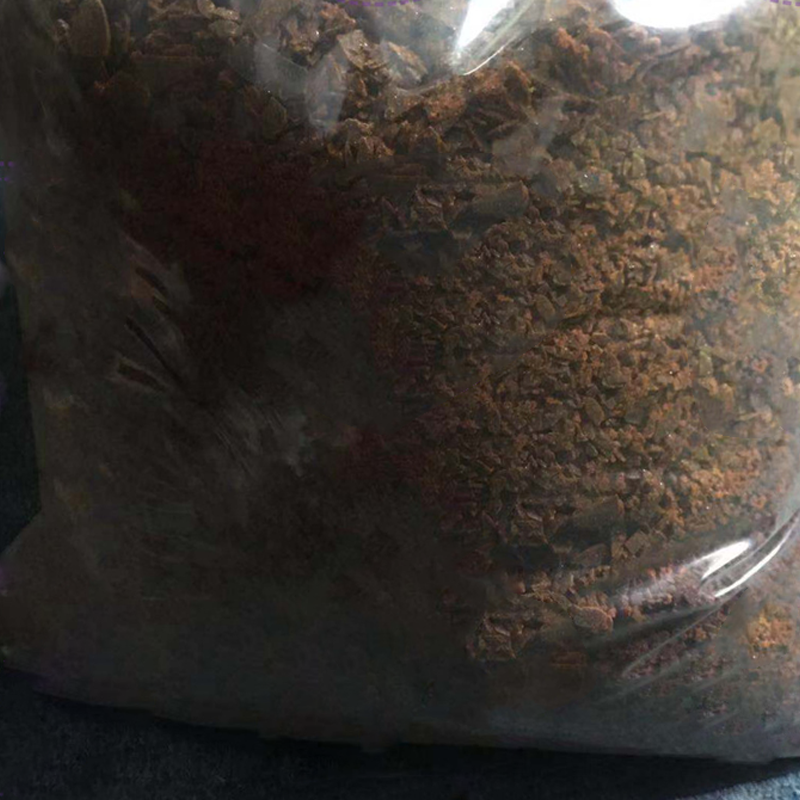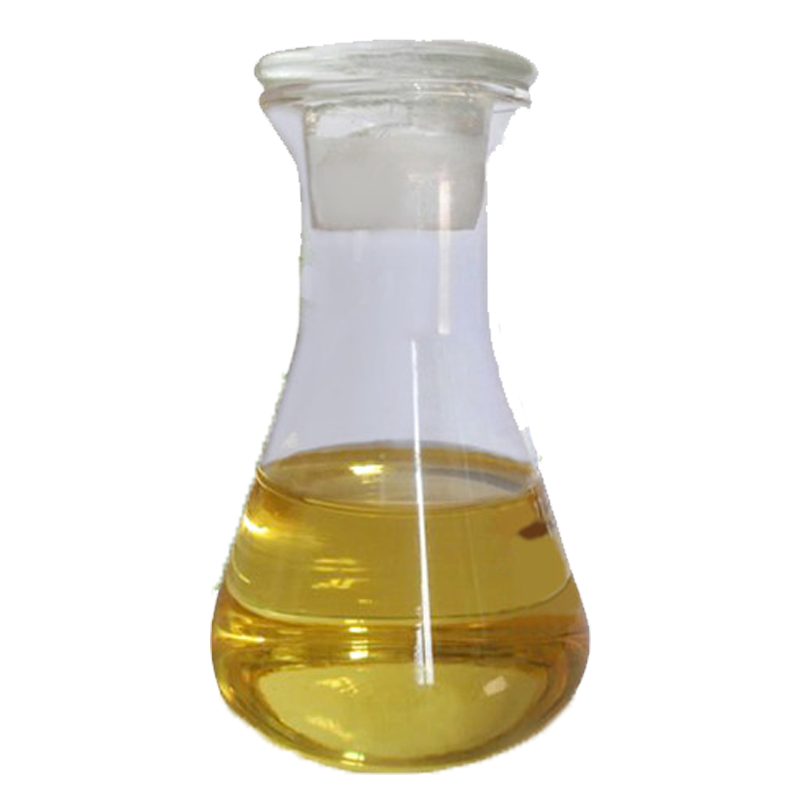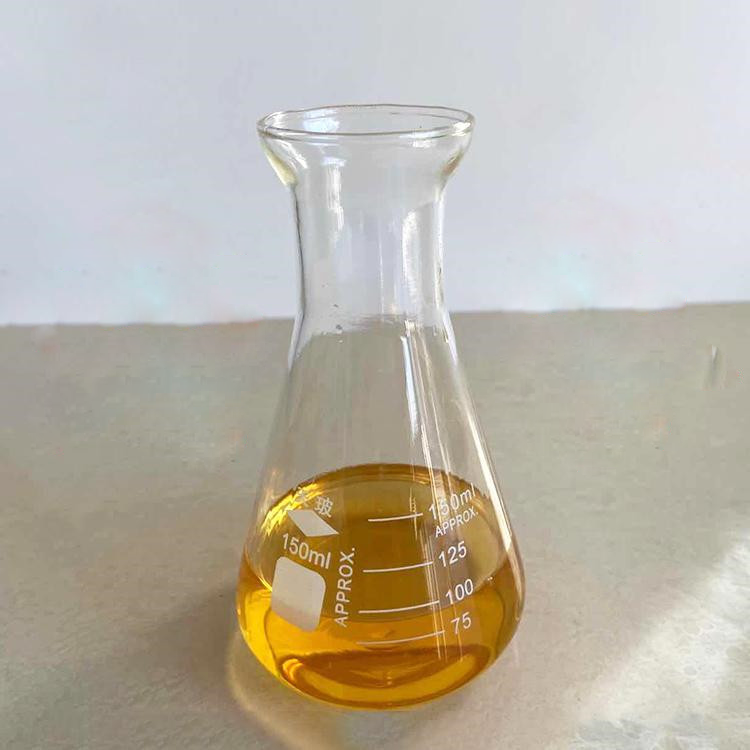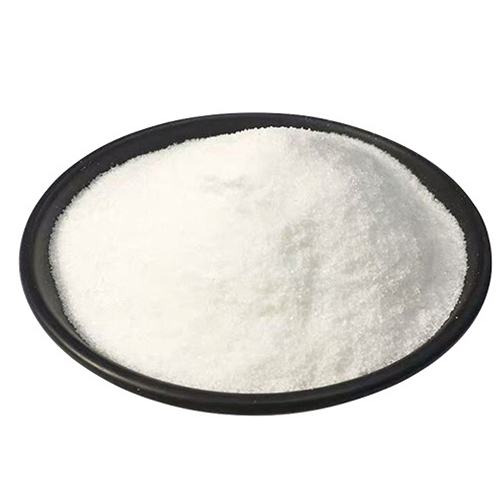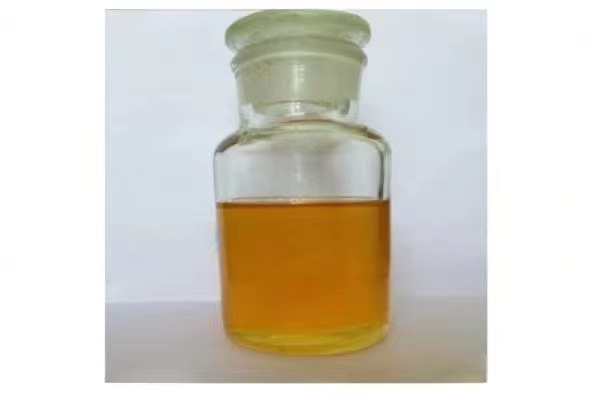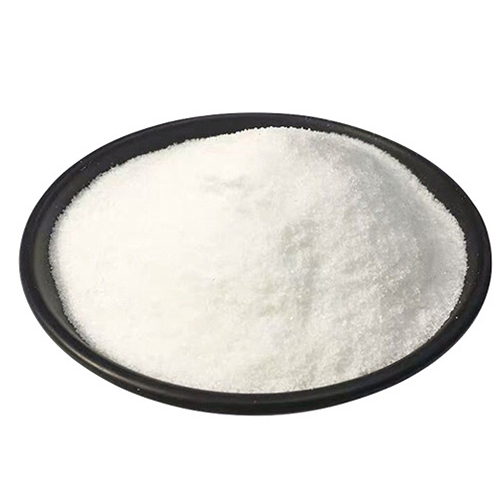
Herbicide Glyphosate 95%TC Cas 1071-83-6
Glyphosate is an organophosphate herbicide. It is a non-selective systemic conduction type stem and leaf treatment herbicide, which has the characteristics of high efficiency, low toxicity, broad-spectrum killing, and has systemic conduction effect. This product dissolves the wax layer on the surface of the leaves, branches and stems of weeds, and the drug effect quickly enters the plant conduction system to cause the weeds to dry up and die.
CasNo: 1071-83-6
Formula:C3H8NO5P
Physical State: solid
Purity(%): 95%
Application: Agricultura
Color: White
Formulation:33%-41% Liquid, 68% Granule, 50% 80% 95% Powder and used to manufacturer more formulated product
- Category: Herbicide
Glyphosate is an organophosphate herbicide. It is a non-selective systemic conduction herbicide for stem and leaf treatment, and it is generally made into isopropylamine salt or sodium salt when it is usually used. Glyphosate is a high-efficiency, low-toxicity, broad-spectrum herbicide with systemic conduction. By dissolving the wax layer on the surface of the leaves, branches and stems of the weeds, the medicinal effect quickly enters the plant conduction system to take effect, causing the weeds to dry up and die. It can effectively control annual and biennial grasses, sedges and broad-leaved weeds, and has a good control effect on perennial weeds with bad habits. It is widely used in orchards, mulberry gardens, tea gardens, rubber gardens, grassland renewal, and forest fire prevention routes. , railways, highway wasteland and no-till land and other chemical weeding.
Features of Glyphosate
Glyphosate is a high-efficiency, low-toxicity, broad-spectrum herbicide with systemic conduction
Applications of Glyphosate
A systemic broad-spectrum herbicide. It mainly inhibits enolpyruvyl shikimelin phosphate synthase in plants, thereby inhibiting the conversion of shikimelin to phenylalanine, tyrosine and tryptophan, interfering with protein synthesis and causing plant death. Various weeds are sensitive to glyphosate in different degrees, so the dosage is also different.
It is a post-emergent herbicide with non-selective and short residual effect, used to control perennial deep-rooted weeds, annual and biennial gramineous weeds, sedges and broad-leaved weeds. It is mainly used in orchards, tea gardens, mulberry fields, etc. Weed control in commercial crop gardens is used for orchards, tea gardens, mulberry gardens, no-tillage land, and roadside weed control
It is a non-selective, non-residue killing herbicide, very effective against perennial root weeds, widely used in rubber, mulberry, tea, orchards and sugarcane fields. It is a systemic conduction type broad-spectrum killing herbicide, suitable for Glyphosate is an organophosphorus herbicide used in orchards, tea gardens, mulberry gardens, and rubber and tree weeding. It is widely used in agriculture, forestry, animal husbandry, industrial transportation, etc. Border defense roads, forest fire isolation belts, and non-agricultural weeding for railways, airports, warehouses, oil depots, power stations, etc. Glyphosate breaks down quickly in the soil and has no shelf life.
Glyphosate pesticide dosage
1. For orchards, mulberry gardens, etc., use 0.5-1 kg of 10% water spray per mu for weeding and control of annual weeds, and 1-1.5 kg of 10% water spray per mu for controlling perennial weeds. Use 20-30 kg of water, and spray directional spray on weed stems and leaves.
2. Weeding in farmland To control the weeds that have grown in the field before sowing, the dosage can refer to the weeding in the orchard. For cotton growth period medication, directional spray with hood spray is required. Use 0.5-0.75 kg of 10% water agent per mu, and 20-30 kg of water.
3. Weeding in leisure land, fieldside and roadside at the 4-6 leaf stage of weeds, use 0.5-1 kg of 10% water agent per mu, add 100 ml of diesel oil, and spray 20-30 kg of water on weeds.
Why is there a difference in the efficacy of glyphosate herbicides
One is that different farming methods will have different medicinal effects. Use glyphosate herbicides are best used for no-till seeding. Spray the crops 1-3 days before sowing, or sow after chemicalbook spraying to catch the season. Because the medicine before sowing does not directly contact the crop seeds, it will not affect the germination of crop seeds and the growth of seedlings, so the weeding and weed suppression effects are better than plowing.
The second is that weeds are used in different growth stages, and the efficacy will be different. Glyphosate is a systemic herbicide, so it should be applied when the weeds are growing most vigorously. In terms of time, it is generally from March to October. In terms of botanical characteristics, the best time to use the drug before flowering should be.
The third is that the efficacy of different spraying concentrations will be different. Be sure to consider the type of weed when determining the concentration of the application. Generally, grass weeds are more sensitive to glyphosate and can be killed by low doses of liquid medicine. However, when controlling broad-leaved weeds, the concentration of Chemicalbook should be increased; for some vicious weeds that reproduce from perennial rhizomes, higher doses are required. Concentration, older weeds, increased drug resistance, the corresponding dosage should also be increased.
Package of Glyphosate
We also supply some accessories to add more functions for end-users' convenience, which also help our distributors and business partners sell our products in their area. Any special package requirements, please don't be hesitate to tell us.
Large Package:
Solid: 25Kg UN approved fiber drums with LDPE liner;
Liquid: 200L UN approved HDPE or iron drums.
Retail Package:
Solid: 10g;50g;100g;500g;1kg;5kg;25kg
glyphosate suppliers
Agripestcide is a professional pesticide chemical manufacturer, supplying good and effective herbicide glyphosate with high quality and good service. If you are looking for Herbicide Glyphosate, please feel free to contact us for latest price.
Name | Glyphosate |
Formula | C3H8NO5P |
Molecular Weight | 169.07 |
EINECS N0. | 213-997-4 |
Melting Point | 230 °C (dec.) (lit.) |
Boiling Point | 465.8±55.0 °C(Predicted) |
Physical State | solid |
Color | White |
Purity | 98% |
Package | 25kg Cardboard barrel |
Application | Agricultural |
Storage | Ventilation low temperature drying |
Sample | Available |
EXP | 2 years |
Send an Inquiry
Your email address will not published. Required fieled are marked.
Related Products
Check out other related Products

